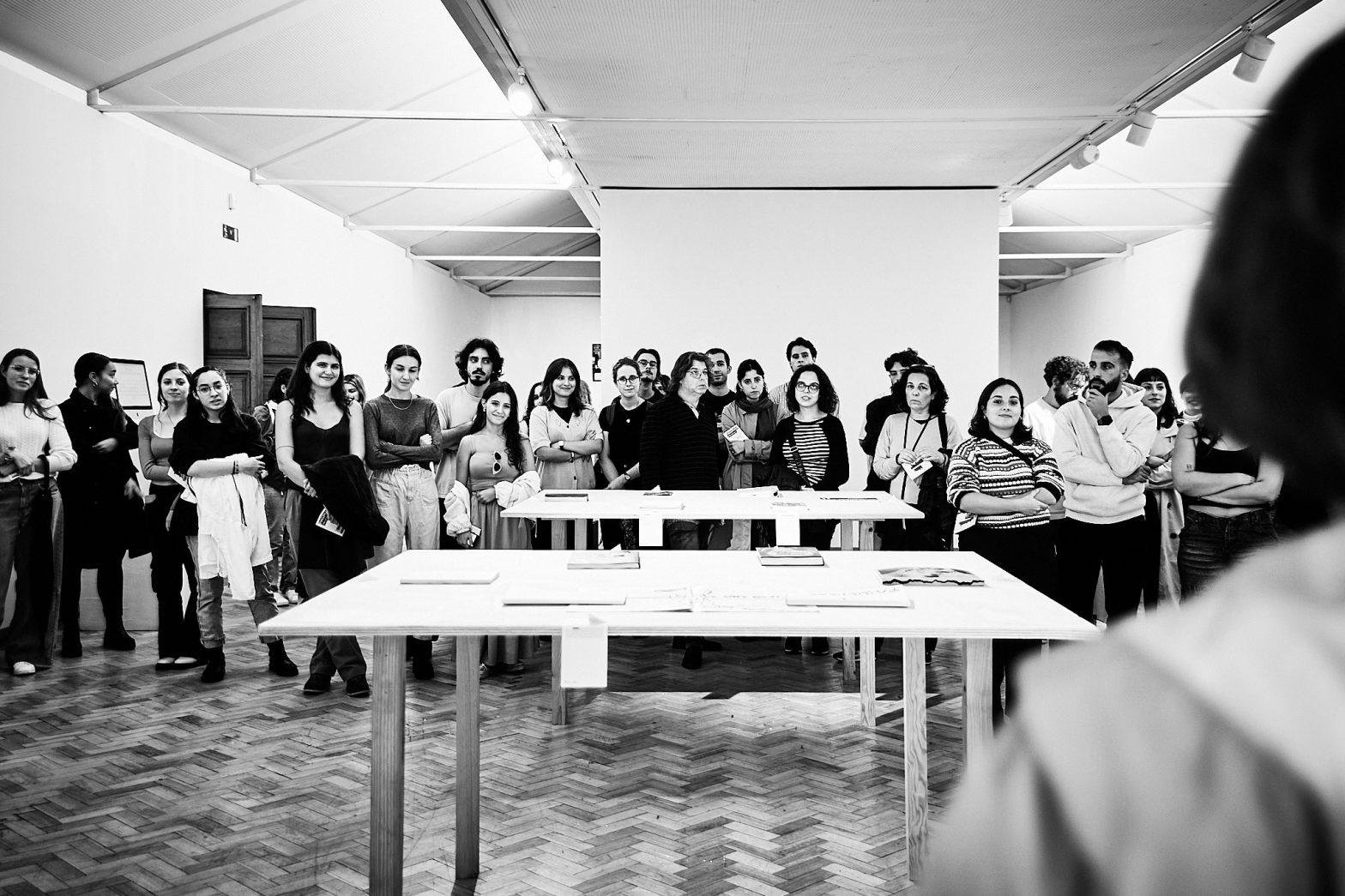Páginas Mestras
Exploring Cultural Legacy Through Design

Welcome to Páginas Mestras, the 2024 Master’s in Graphic Design and Editorial Projects exhibition, where an array of handmade books and posters reflects not only the creative mastery of the students but also the foundational “master pages” of design—both in their technical and metaphorical sense. This exhibition celebrates students’ journey toward becoming future masters in the design field while playing the pivotal role of paper pages in editorial work.
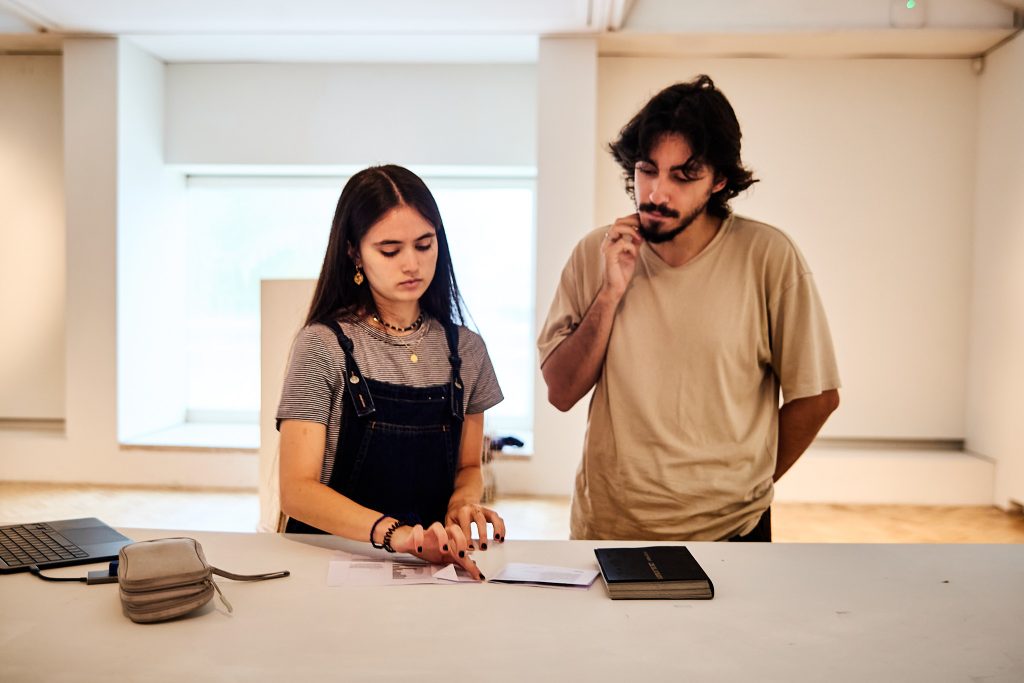
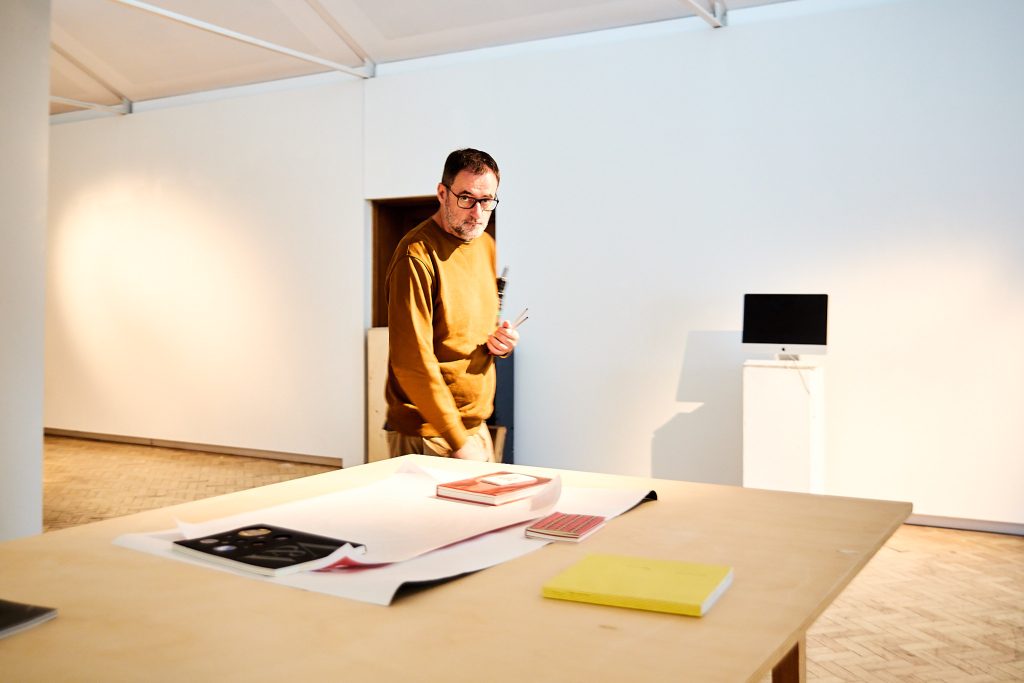
The collection presents a broad range of themes and techniques, each offering a fresh perspective on how design-based research can tackle contemporary societal challenges by providing a narrative that combines Typography, Illustration, Art Direction, Data Visualization, Visual Storytelling, and Cultural Heritage interpretations. The works developed during the course and presented in the exhibition serve as both professional and academic expressions of research, demonstrating the powerful role of design in shaping how we engage with the world. These are the “master pages” where design narratives are brought to life, produced by students aspiring to the roles of design masters.
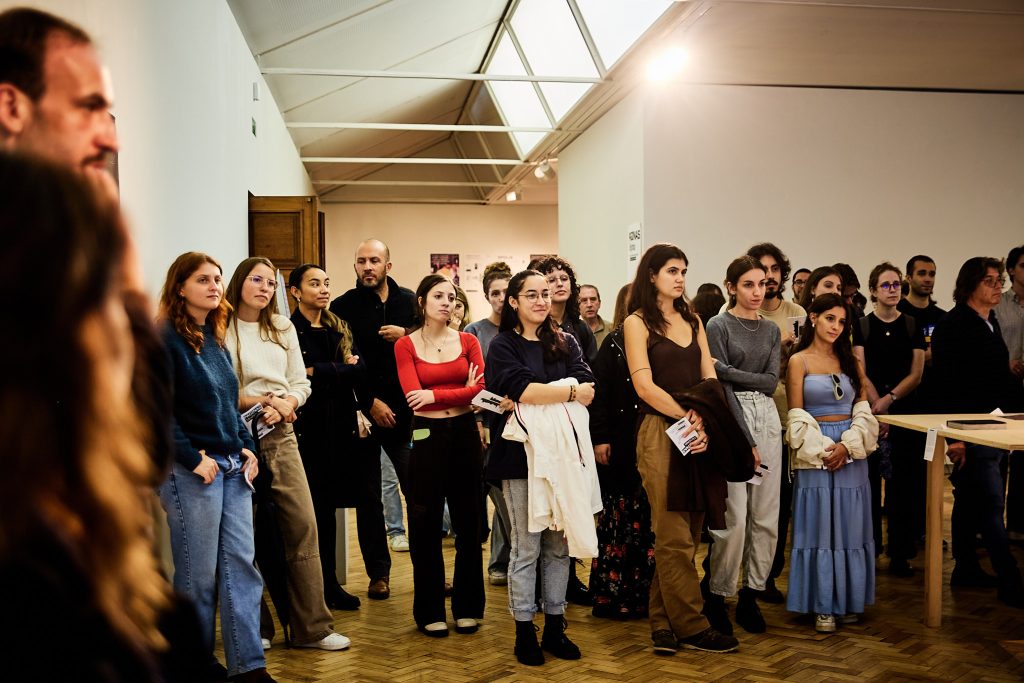
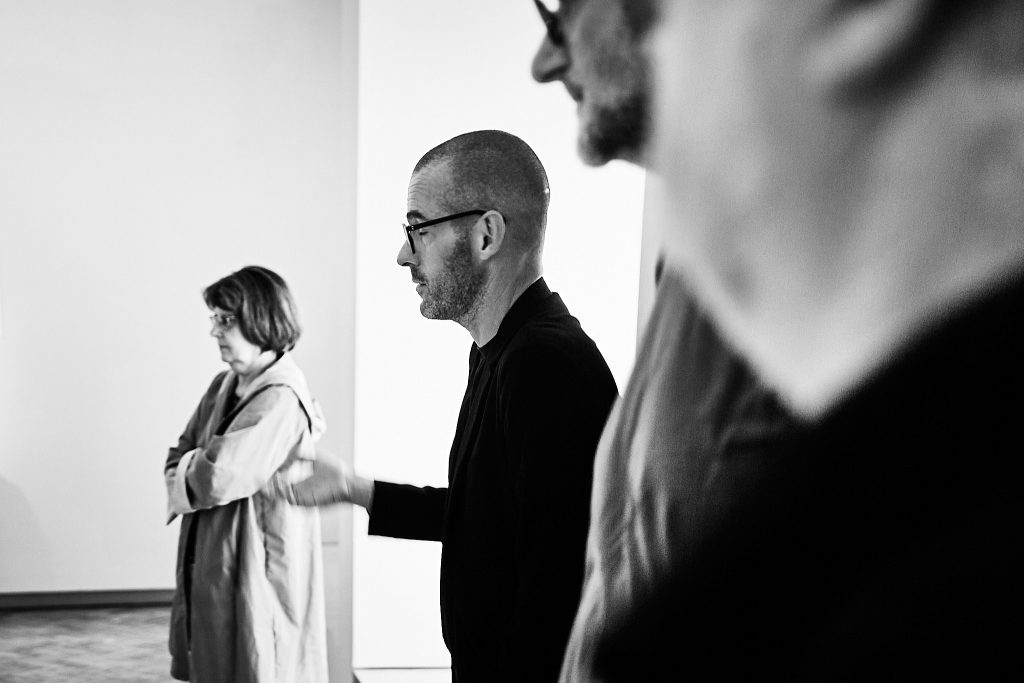
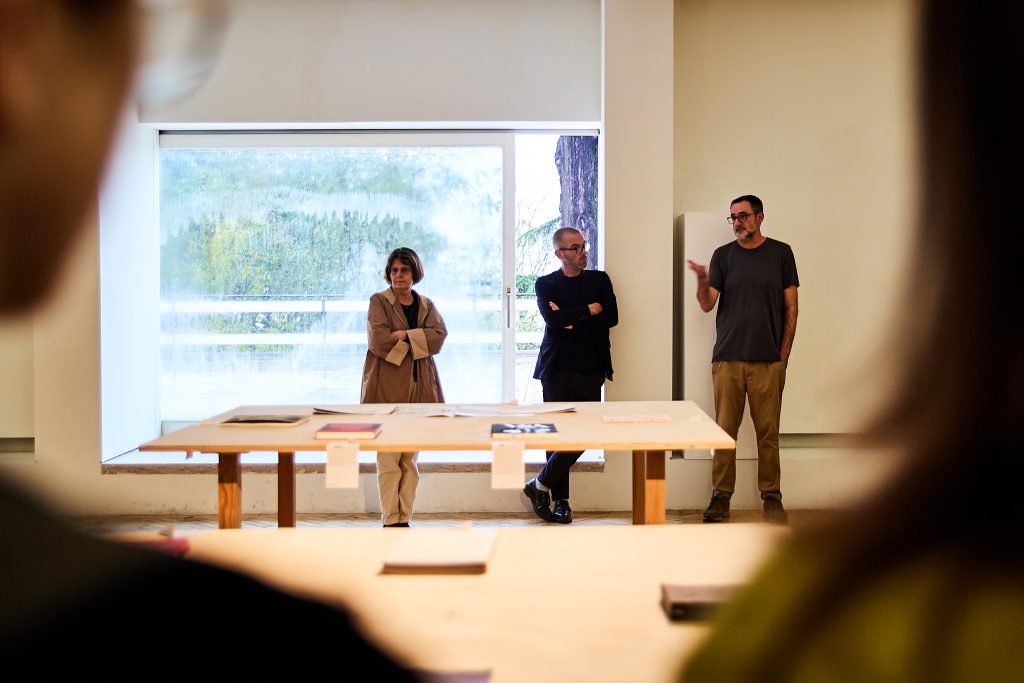
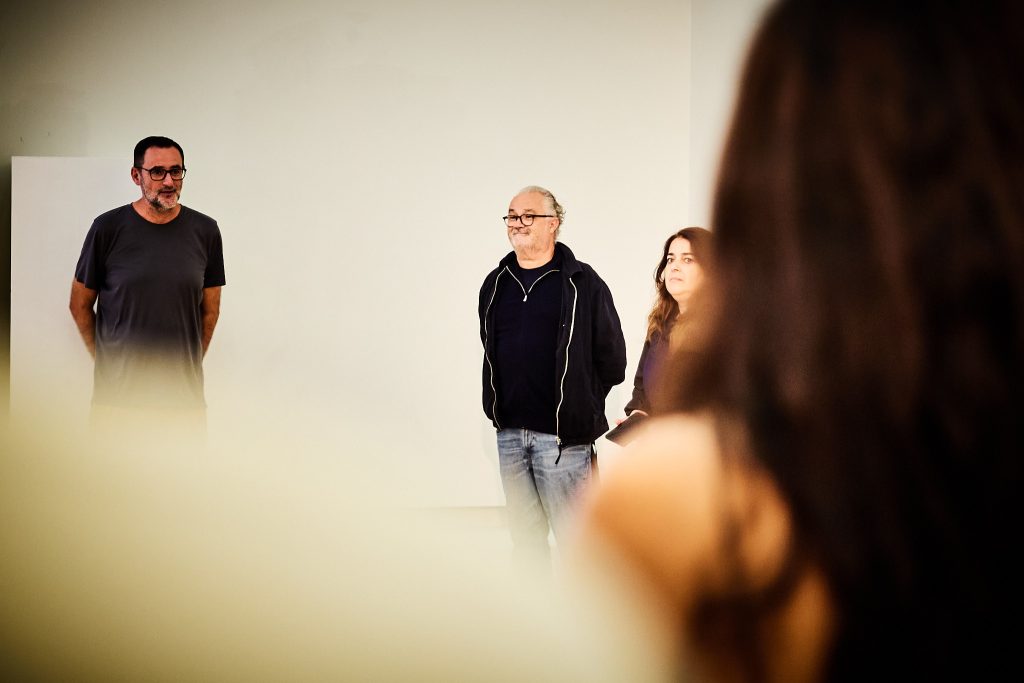

Students examine statements from visual journeys that capture individual and collective regions that rescue and archive various interpretations of what might be considered cultural heritage through the pieces on display.
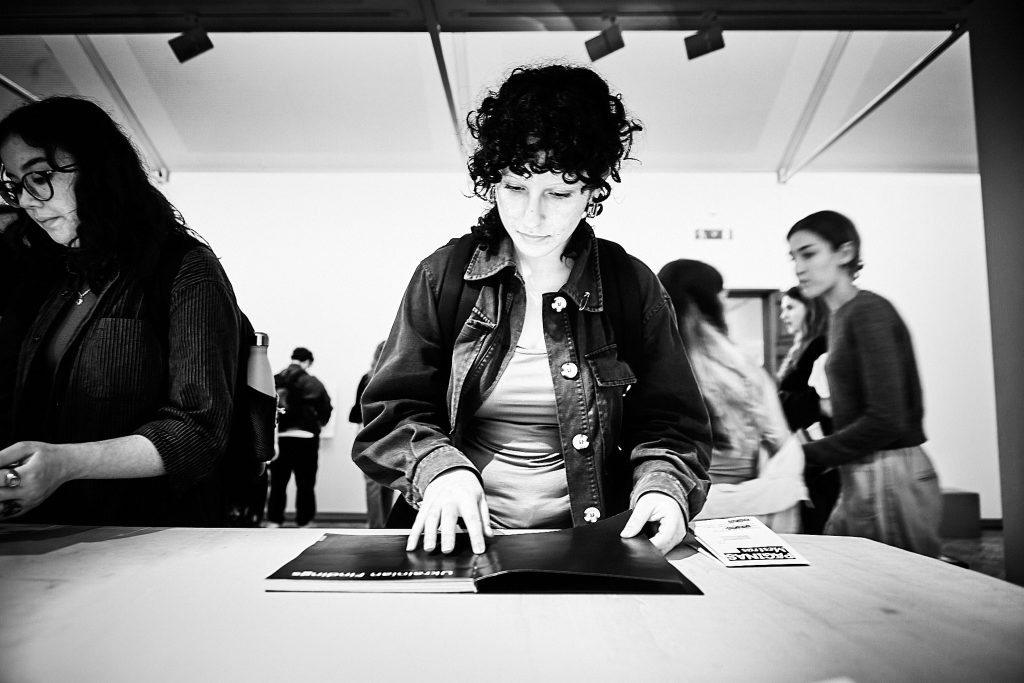
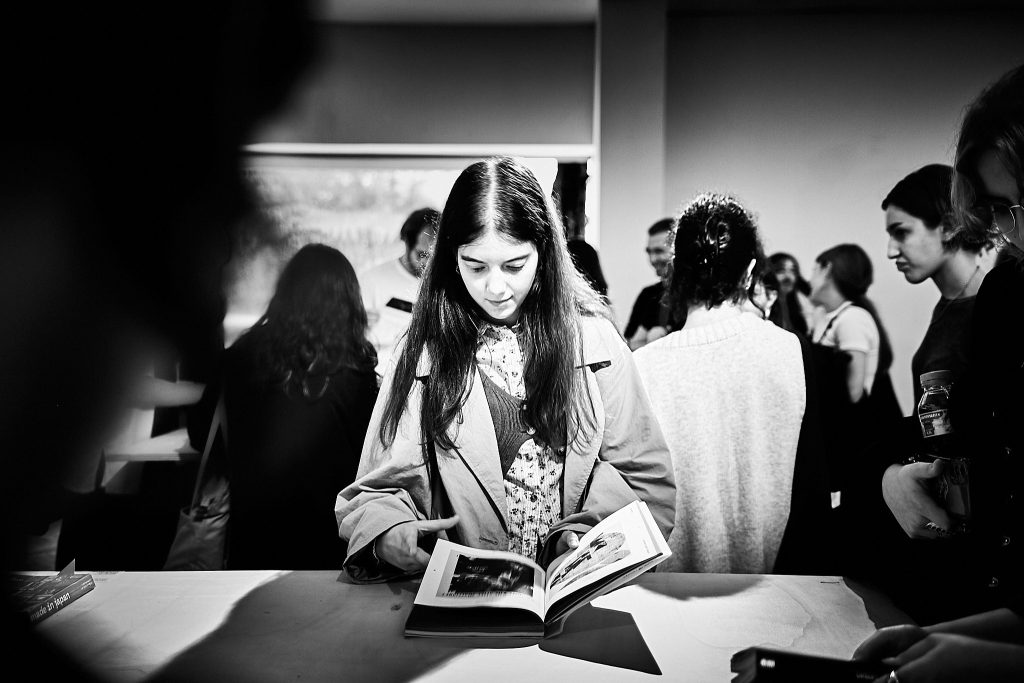
This exhibition features some of the works developed by the students individually or in groups during the first year of the study cycle’s curricular units and the second year in collaboration with their supervisors. It highlights the potential and particularities of the master’s degree with the explicit goal of motivating, engaging, and communicating.
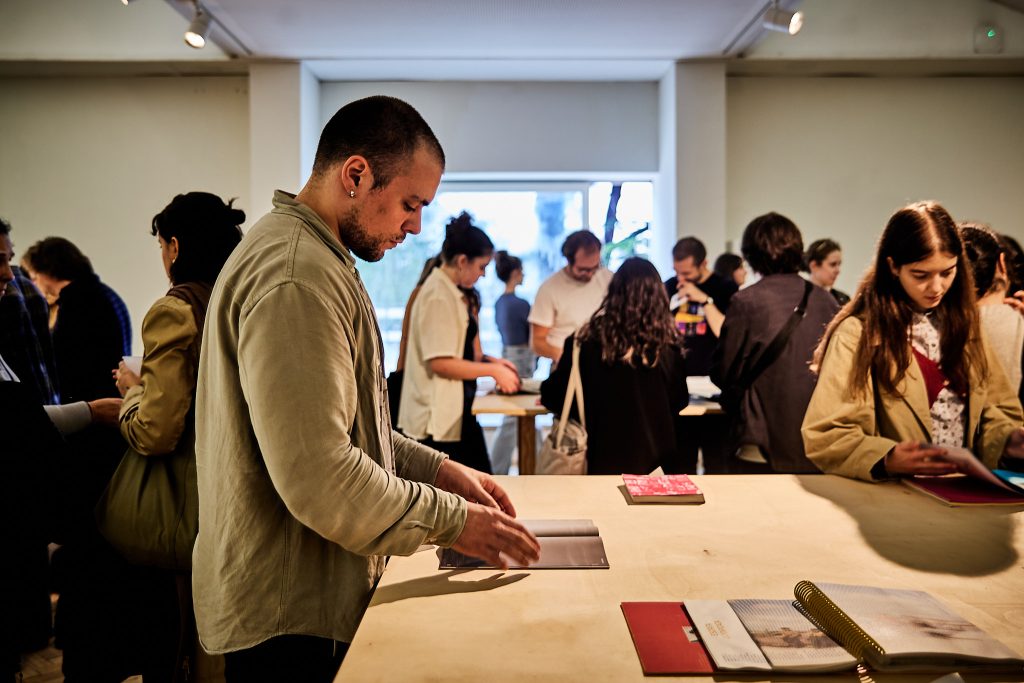
Typography and Cultural Heritage
Typography is crucial to many projects, highlighting its role in cultural heritage. Students explore how typefaces and fonts carry cultural history, blending old-world techniques with modern accessibility and contemporary digital tools and practices. These projects honor the past while pushing contemporary design boundaries, highlighting the power of typography in preserving and sharing cultural narratives through different artifacts and experiences.
Illustration, Photography, and Visual Storytelling
The exhibition utilizes image-based communication in various forms, including photography, pictographic, illustration, and visual data and graphics, to capture cultural memory and preserve spaces and memories. The works combine visual narrative techniques with thoughtful design, creating immersive experiences that engage the viewer deeply with the subjects, addressing themes of memory, time, and history.
Books for Deeper Diving
The exhibition showcases handcrafted books with meticulous industrial or manual printing, binding, and finishing processes, allowing for tactile engagement and a deeper connection between the viewer and the work often bridging transmedia experiences. Some projects use abstract concepts, paired with intricate layouts and hidden details, bridging the gap between academic research, education, and creative practices.
Identity, History, and Objects
Projects explore the connection between identity, cultural heritage, and material objects like jewelry, ceramics, and symbols. Or the processes and visual presentations of brands and cultural institutions. They reveal deeper meanings through documentation and creative interpretation, connecting objects to historical narratives and using design as a bridge between past and present.
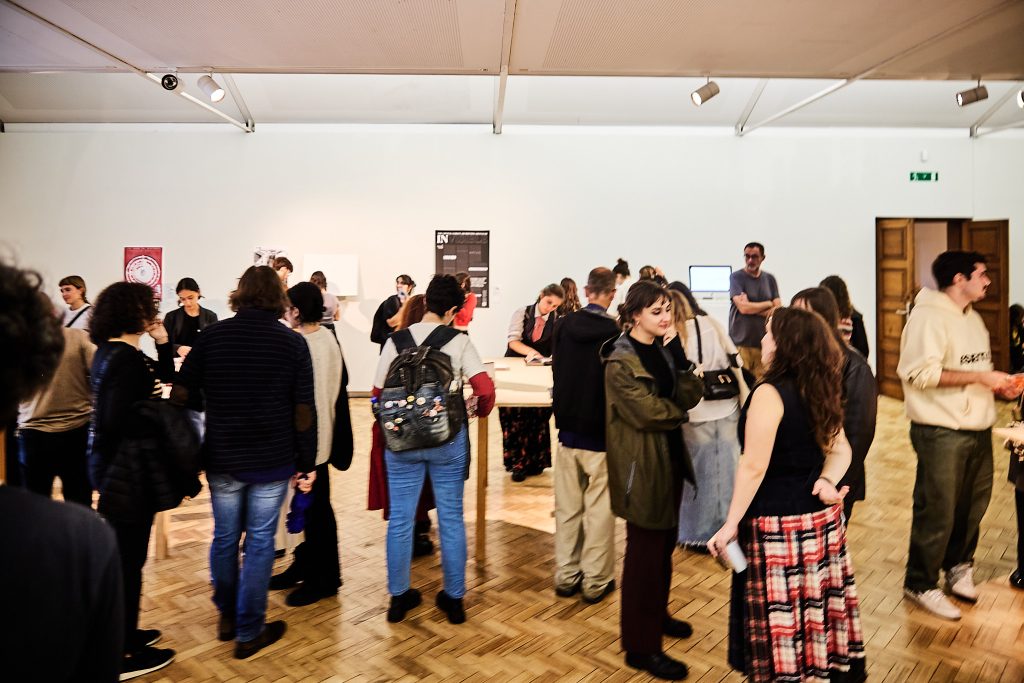
The exhibition focused on books, but posters offer visual statements that communicate complex ideas. Bold colors, clear graphics, and strategic layouts convey complex research themes. Posters explore statistical analysis and societal issues, showcasing students’ ability to condense information into engaging designs.
Páginas Mestras celebrates the intersection of design, research, and real-world impact. It showcases students’ expertise in combining academic inquiry with creative practice, resulting in visually stunning and thoughtful works. The exhibition encourages aspiring designers to explore their interests and develop skills for translating complex ideas into impactful designs.
Turning Pages: Where Design Connects Past, Present, and Future
Everyone might discover something they appreciate at Páginas Mestras, whether they are intrigued with visual narratives, have a strong passion for typography, or are just curious about cultural heritage. Turning pages, literally and figuratively, is encouraged as you experience how design preserves the past to influence the future. In years to come, we hope you will find value in this exhibition and find it relevant to your academic, professional, or social life.
The exhibition was put together by a voluntary team of students — the Graphic Assembly [“Assembleia Gráfica”] — managing the Organization, Communication and Exhibition Production Support. The Graphic Assembly was composed by: Catarina Ferreira, Eunice Bastos, Francisca Rebelo, Joana Alves, Leonor Aguiar, Ricardo Figueiredo, Rita Melo, and Vanessa Sousa. And counted with the support from Ana Armada, Filipa Moreira and Bernardo Xavier during the production and assembly day.
Works on Exhibition
Ana Armada, Ana Leite, Ana Paula Hentges, Ana Pimenta, Anastasiia Zavalnuik, Andreza Teramoto, Aurelia Ferreira, Beatriz Martinez, Bernardo Xavier, Bruna Sousa, Catarina Ferreira, Christine Andres, Cristiana Braz, Daniel de Sousa, Eunice Bastos, Filipa Moreira, Francisca Fradinho, Francisca Rebelo, Gabriela Rezende, Joana Alves, Joana Moreira, Joana Teixeira, Laura Mineiro, Leonor Aguiar, Leonor Ribeiro, Mafalda Ribeiro, Maria Ribeiro, Mariana Costa, Matheus Coscia, Melissa Gaviria Henao, Pedro Nuno Gil Monteiro, Rita Melo, Rita Vieira, Sara Tavares, Sérgio Brito, Tiago Rego, Vanessa Sousa
